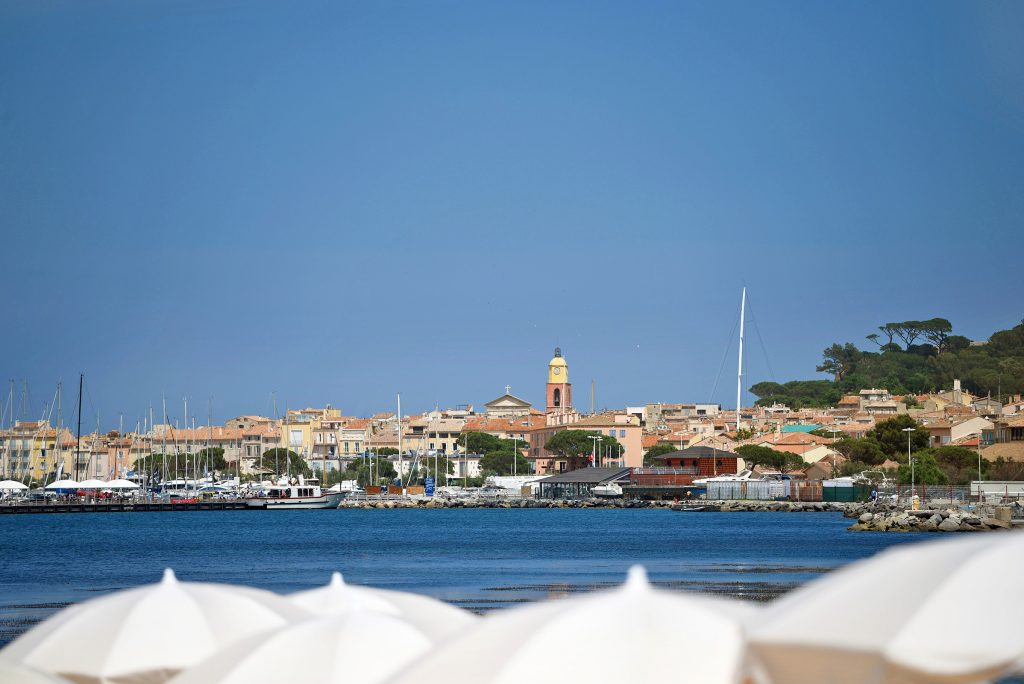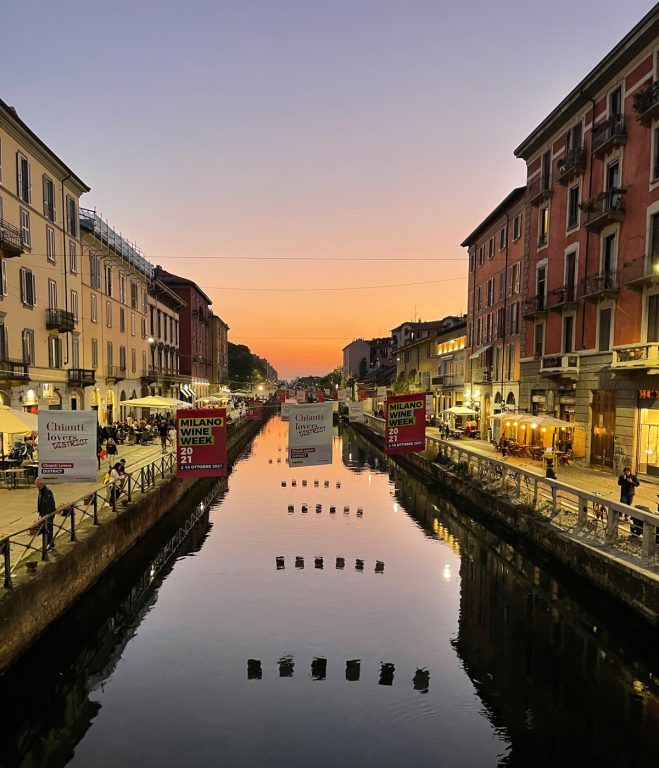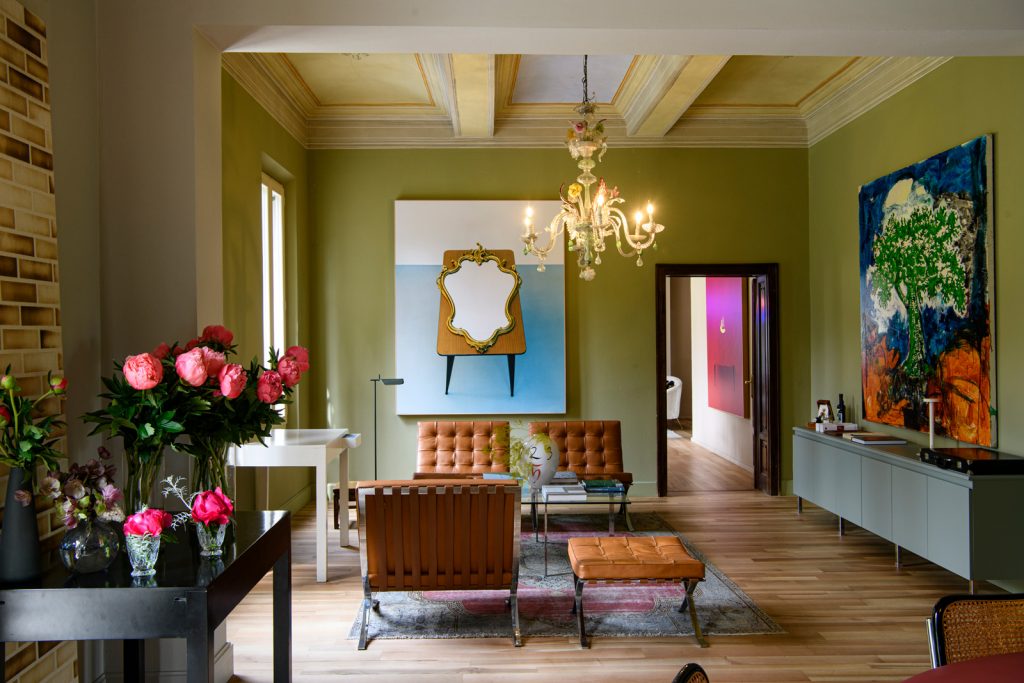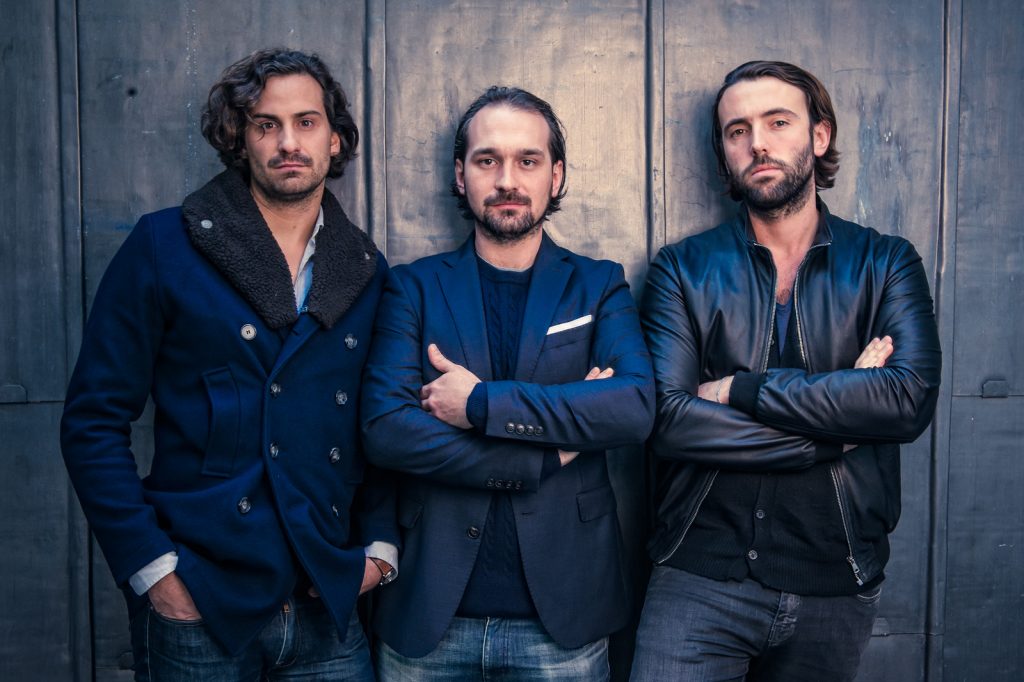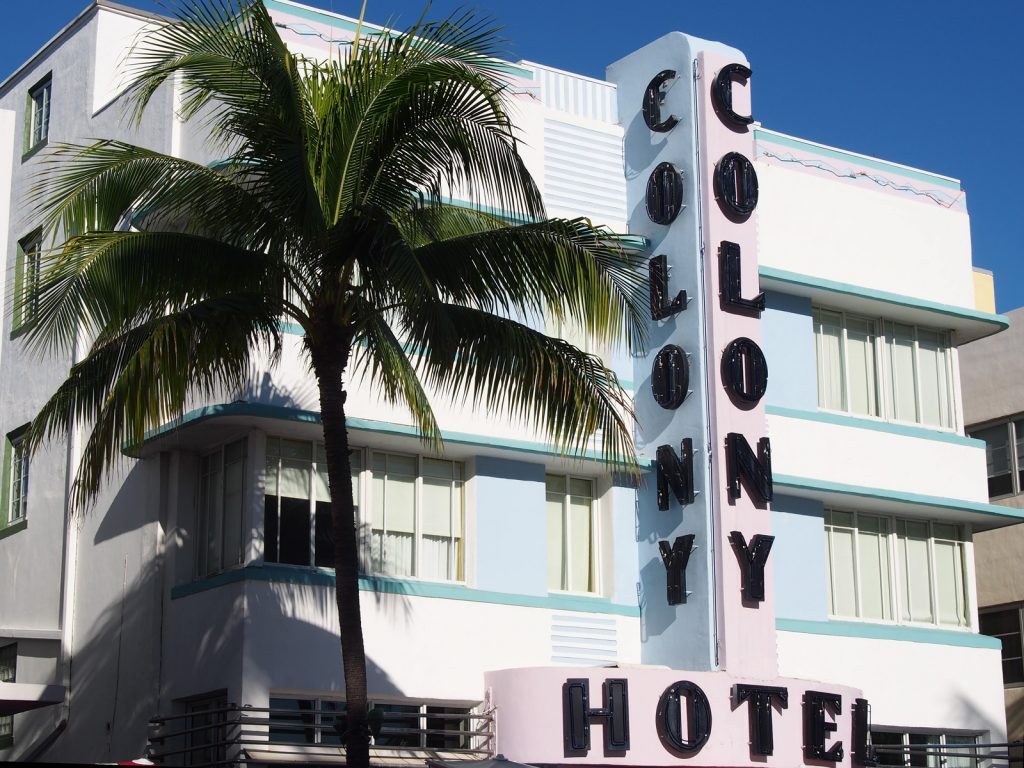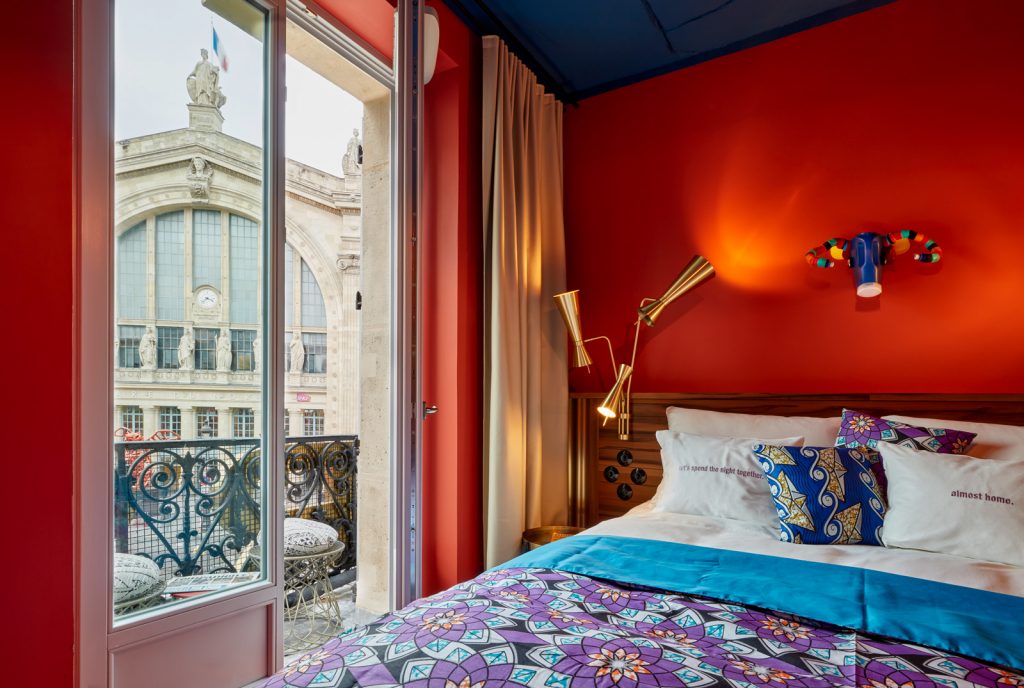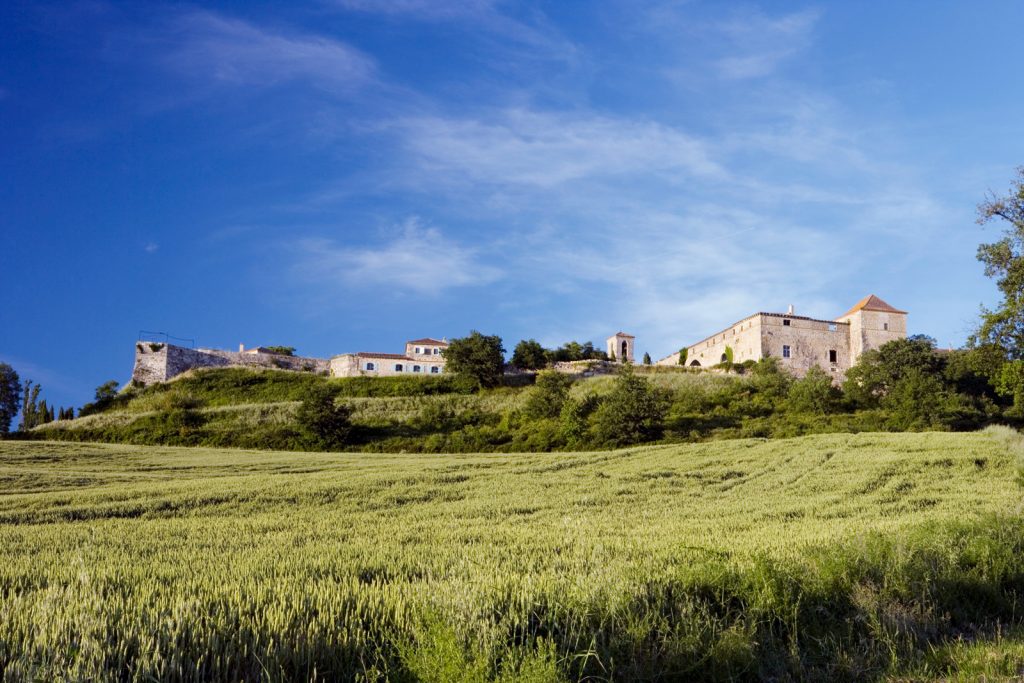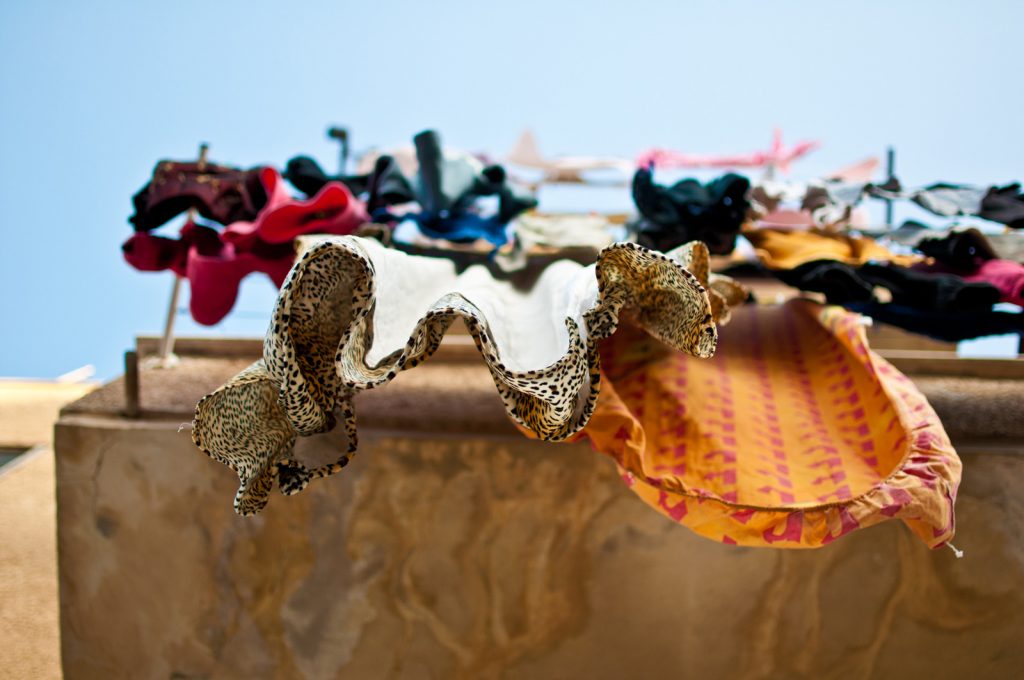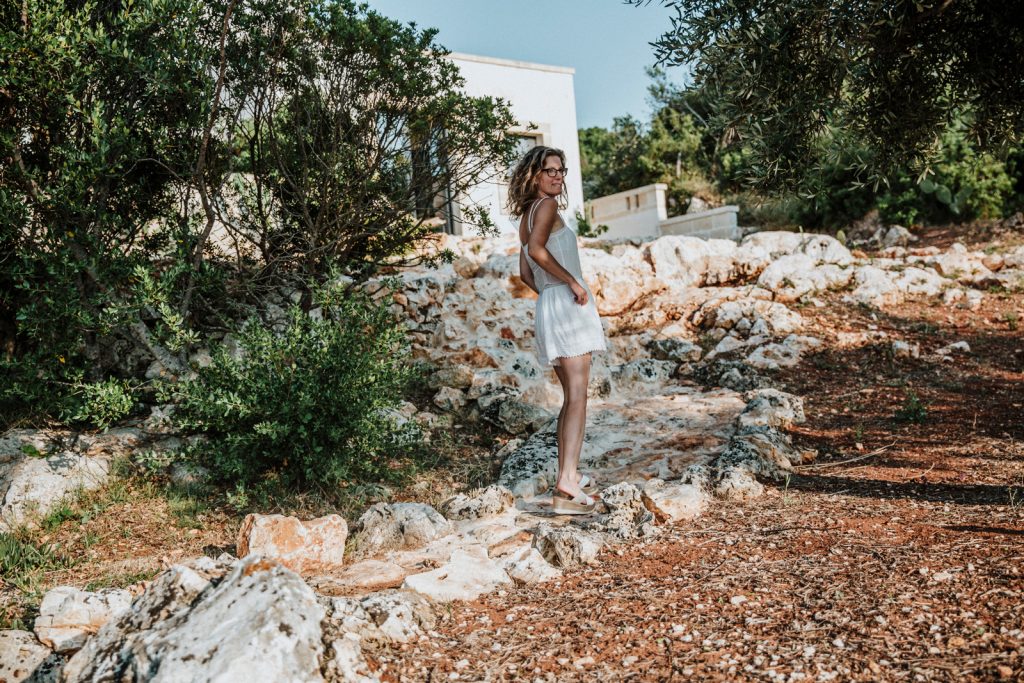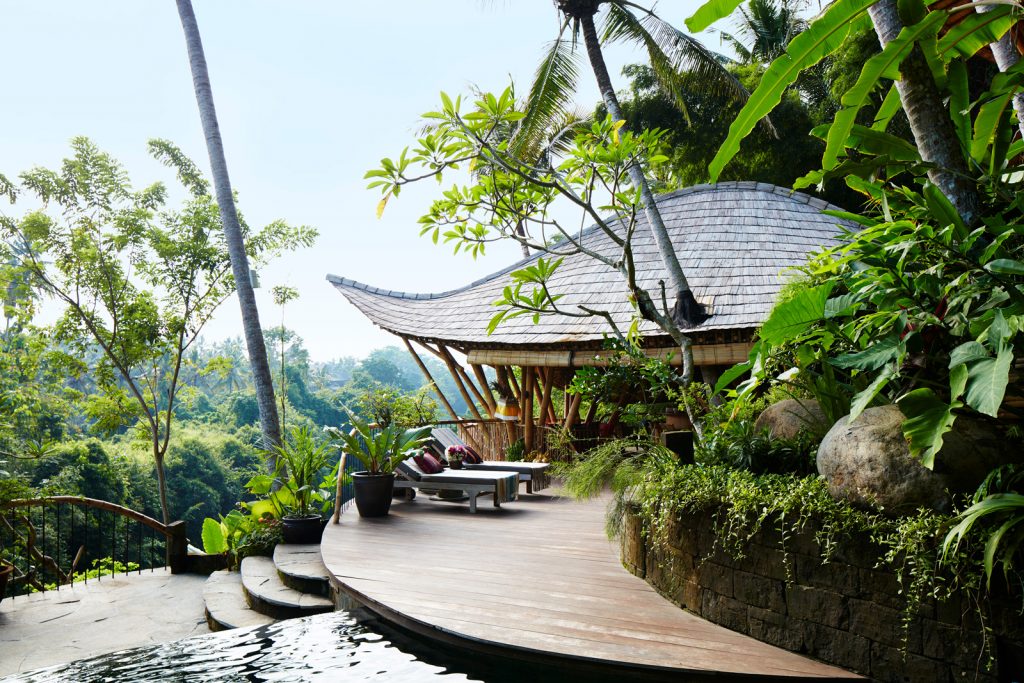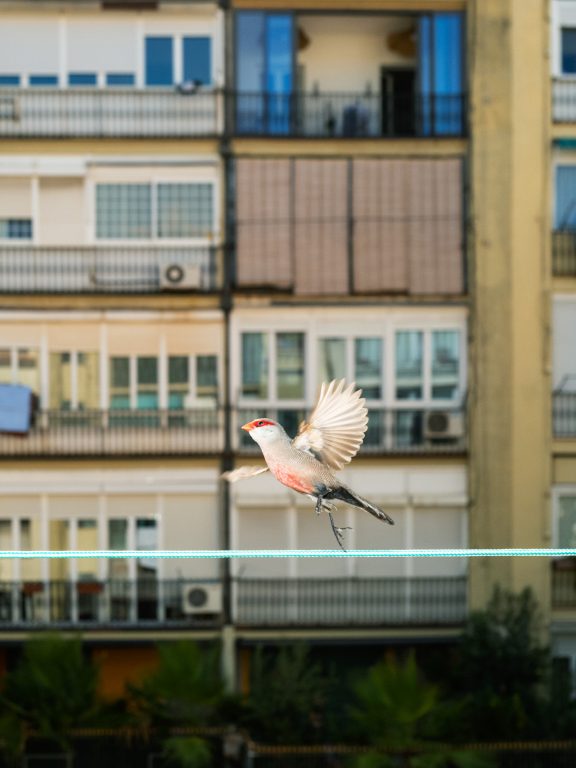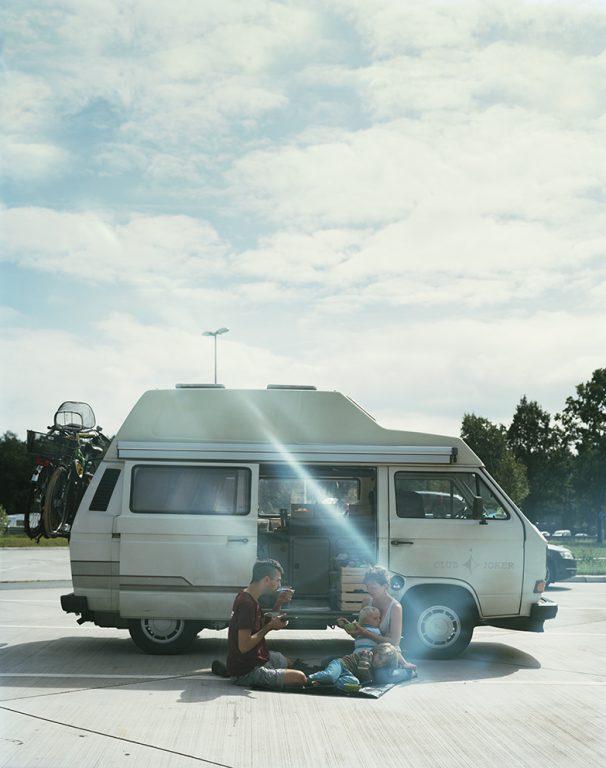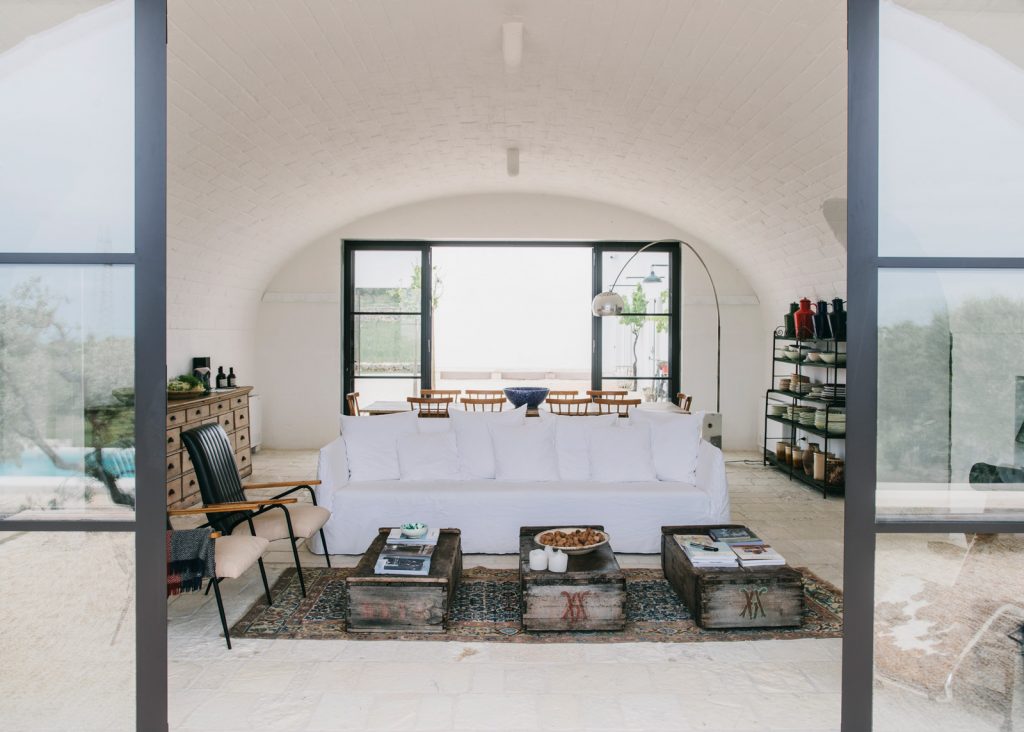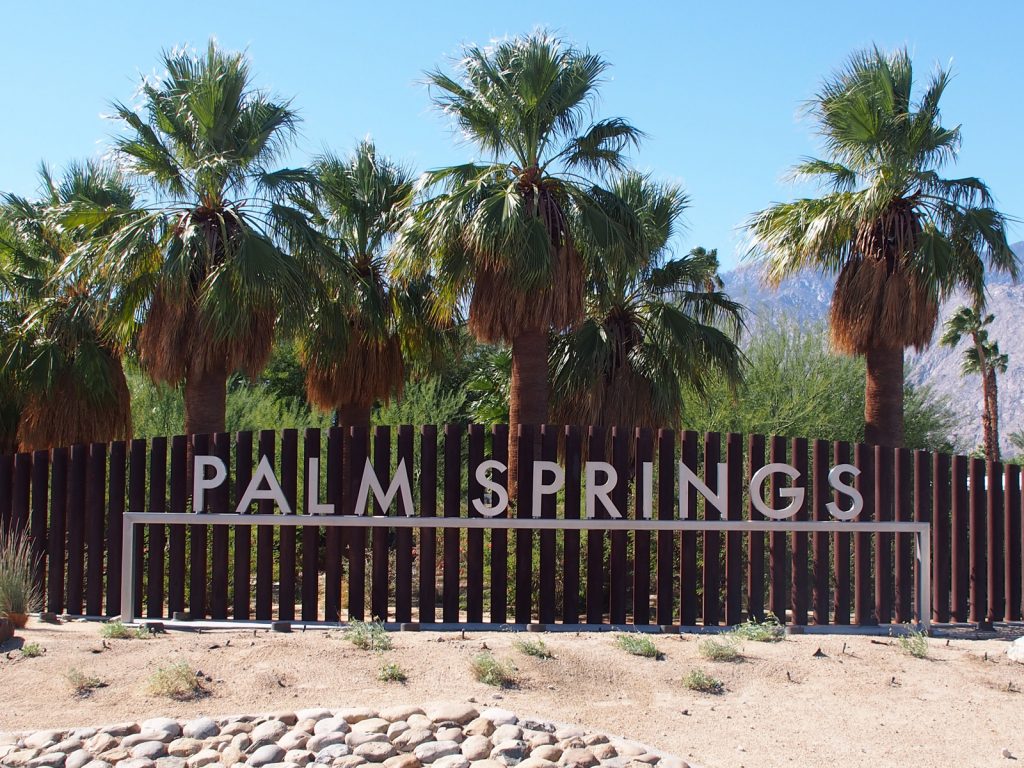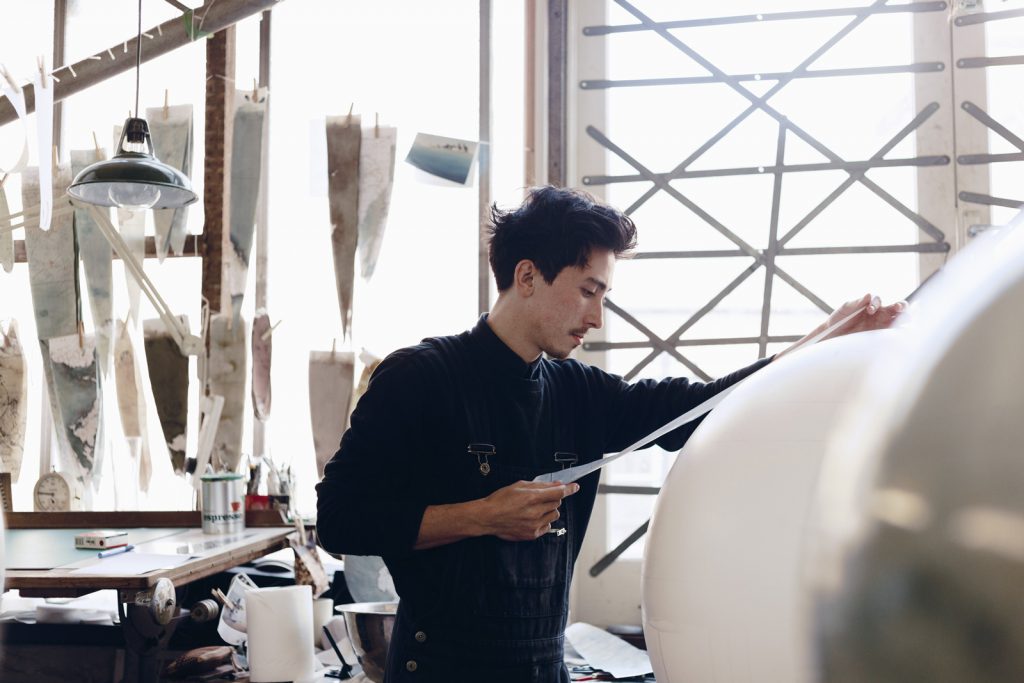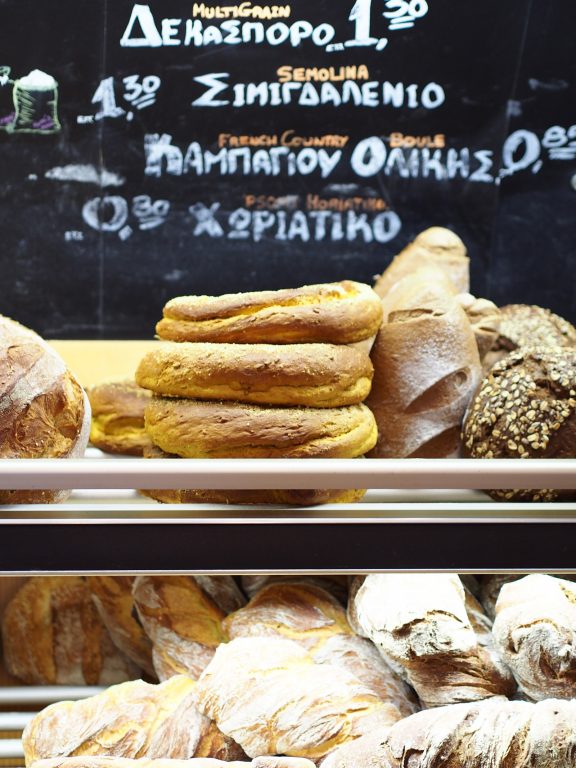MILANO – A HIGHLIGHT OF THE NORTH

City Whisper
Milano
A highlight of the north
Gray? Boring? Somehow un-Italian? What a misconception! Milan is zeitgeisty, casual and urban, almost like London or Berlin, but with more sun and much better cuisine.
January 2022, Reading time: 17 minutes
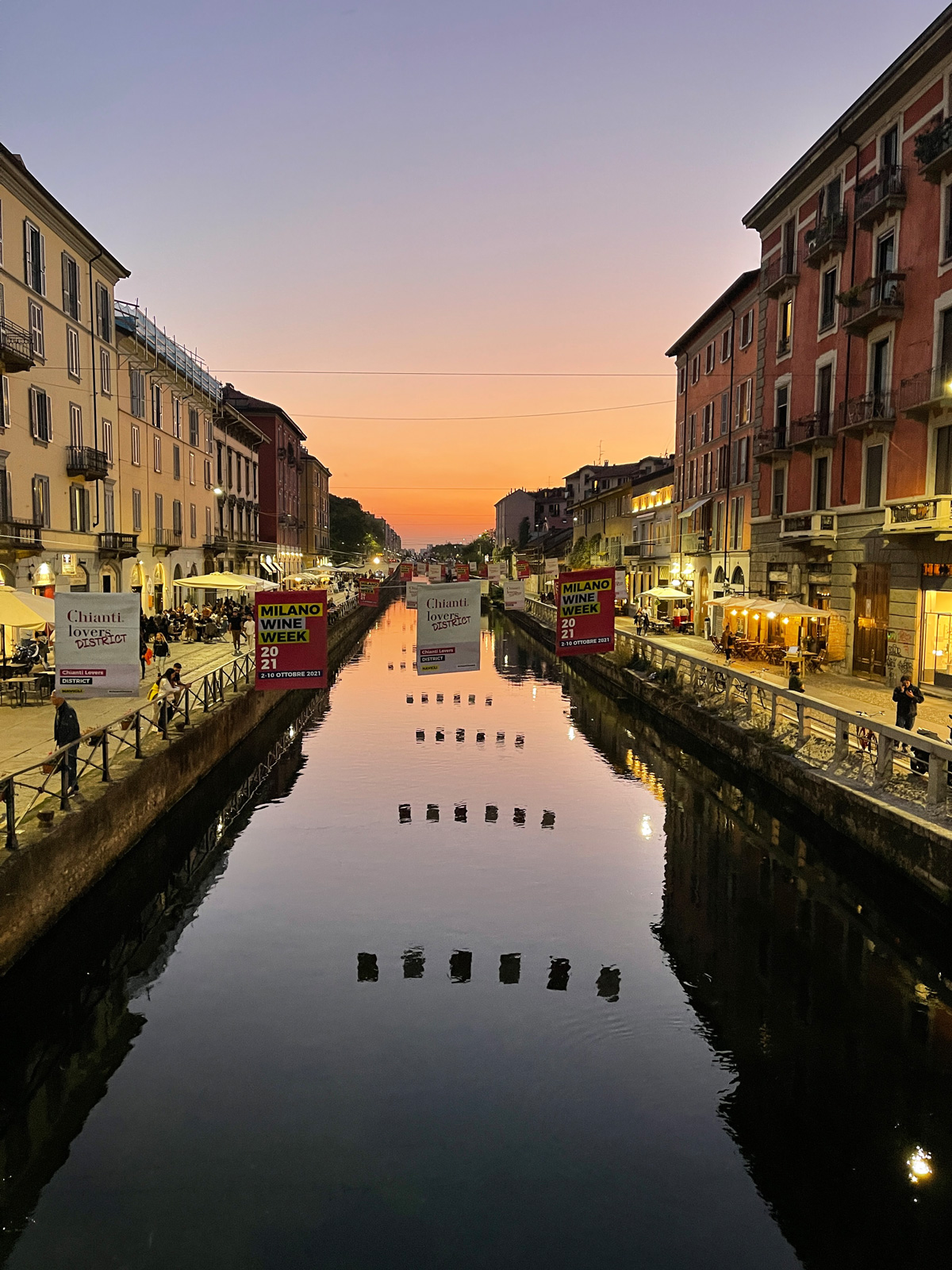
The Naviglio Grande is considered the epicentre of nightlife. Top: fashion shoot in Piazza del Duomo.
Photo: Comune di Milano
L’aperitivo
Potato chips and olives are available at every bar in Italy. In Milan, however, the aperitivo is celebrated passionately, extensively and opulently.
Happy hour in Milan is an evening-filling treat. True, Romans, Florentines or Venetians also like to stand at a bar and drink an Aperol Spritz before dinner. And, of course, a few appetizers are served elsewhere as well. In Milan, however, this habit has become a cult. In front of the Radetzky Cafè, guests wait for a seat night after night. Those who are lucky get one of the sofas in front of the door. The others drink standing up or sit on the low edgings of the lovingly laid out flower islands. “We collect the dishes from the windowsills of the surrounding stores every night,” says owner Vincenzo Iannetti.
The Radetzky is not even one of the bars with the best culinary offerings. While there is room for only four or five plates on the counter, other bars outdo each other with their selection. In the popular Bar Brera, a buffet is prepared in the late afternoon, for which you would gladly pay, also because you could then sit all evening at one of the terrace tables and watch the hustle and bustle in the university district.
In recent years, however, a new bar generation has established itself – without a buffet, but with a sophisticated aperitivo offer. At Bar Rita on the banks of the Navigli, which has been designed with the most beautiful retro look, Edoardo Nono mixes such irresistible cocktails as Sexy Pepper made from barley syrup, passion fruit, gin and white pepper, or Isolation Mode made from Dewar’s White Label Scotch, yuzu and saké. The menu includes shrimp tartare on tangerine oil, hummus on homemade pita bread and fantastic mini burgers. Soft jazz and a decidedly chic local crowd come free.

Exotic: “Via col Bento” cocktail at Bar Rita.

Trendy: bar terrace with pool by Ceresio 7.
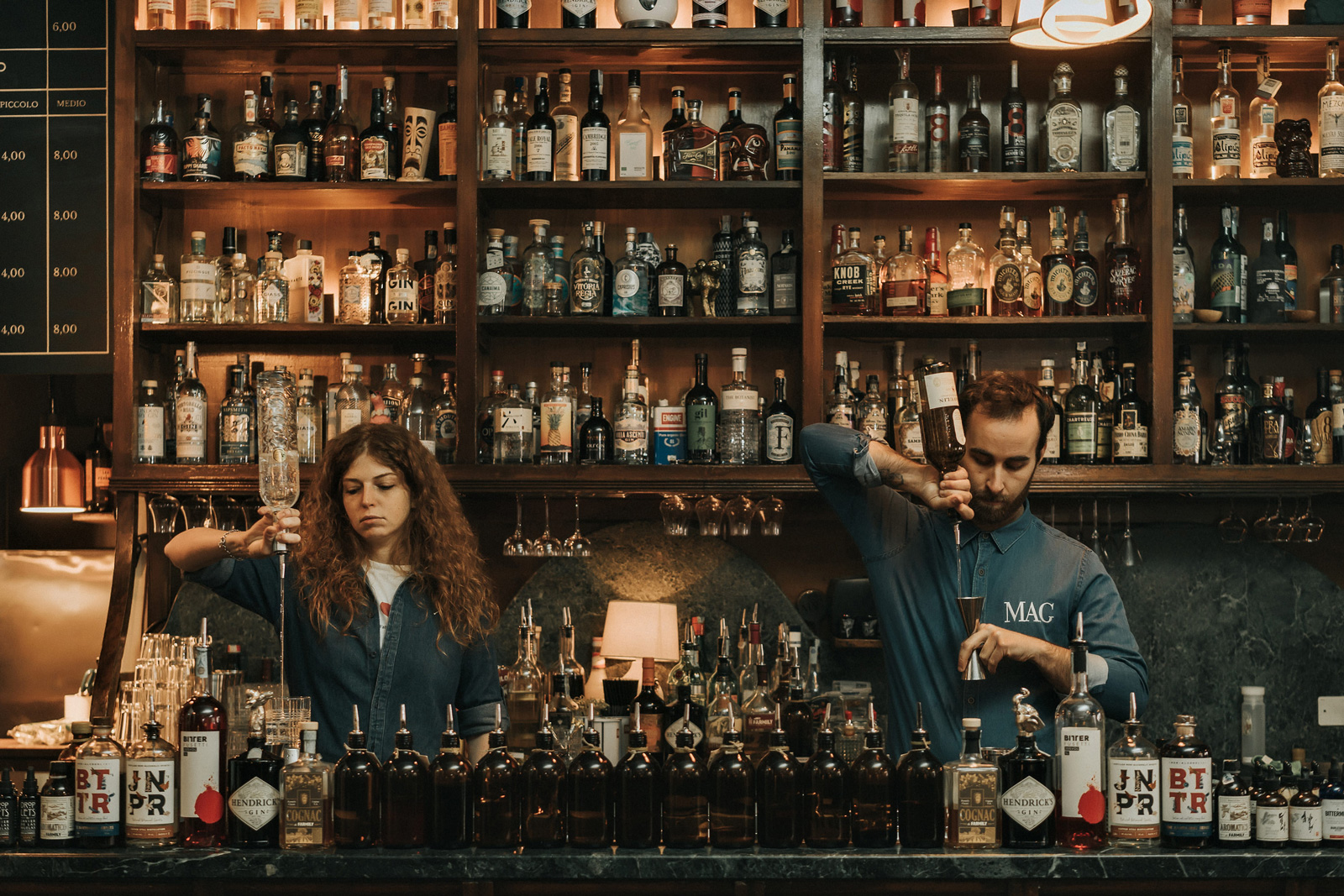
Creative: professionals at work at Mag La Pusterla.
Photo: Alberto Feltrin
Another hotspot for Milan’s Movida is Ceresio 7, on the rooftop terrace of a former electricity headquarters. You sit on comfortable sofas around the pool and order a Spritz Redux of Americano, Franciacorta and grapefruit soda with a serving of Galician anchovies on burrata – ideally for sunset. The garden restaurant Mag La Pusterla is in the same league. Charismatic and award-winning owner/bartender Flavio Angiolillo skillfully varies old-school classics – “Negroni del Marinaio”, “Americano a Fiori” – and has the finest vitello tonnato or deep-fried stockfish with tomato jam served alongside. Salute!
Radetzky Cafè, Corso Garibaldi 105,
tel. +39 02 65 72 645
Bar Brer, Via Brera 23,
tel. +39 02 87 70 91
Bar Rita, Via Angelo Fumagalli 1,
tel. +39 02 83 72 865
Ceresio 7, Via Ceresio 7,
tel. +39 02 31 03 92 21
Mag La Pusterla, Via Edmondo de Amicis 22,
tel. +39 02 49 75 50 94
Concept Stores
For fashionistas and design fans, Milan is a shopper’s paradise. In the great concept stores, the diversity of the offer is staged with style.
When, in September 1991, an old printing plant on Corso Como, which at the time was still not a trendy place, was transformed into a store as sprawling as it was intricate with international designer fashion, high-end jewelry, selected design objects, perfumes and books, Milanese people tapped their foreheads.“People with money – in other words, my potential customers – shopped in Via Montenapoleone back then,” explains the always highly elegant Carla Sozzani, inventor of what was probably the world’s first concept store. It certainly helped that she herself is among the city’s fashion elite. And that 10 Corso Como also includes a cozy café and a photo gallery. In any case, her carefully curated shopping experience became a success and a model for numerous other concept stores – worldwide, but especially in Milan.
Anyone who visits Galleria Rossana Orlandi enters a colorful, romantic and very personal world. It was created in 2002 in a former tie factory and is considered a cult place for design lovers, but also a meeting place for the really chic. What you can see and buy is what the charismatic Rossana Orlandi likes: “My concept is to have no concept,” she says. Her empire is refreshingly different, not at all like a museum, the rooms decidedly un-renovated and the courtyard casually overgrown. Those who don’t come to shop come to eat, because Galleria Rossana Orlandi is home to an offshoot of the Michelin-starred restaurant Il Luogo di Aimo e Nadia.

The pioneer: 10 Corso Como.
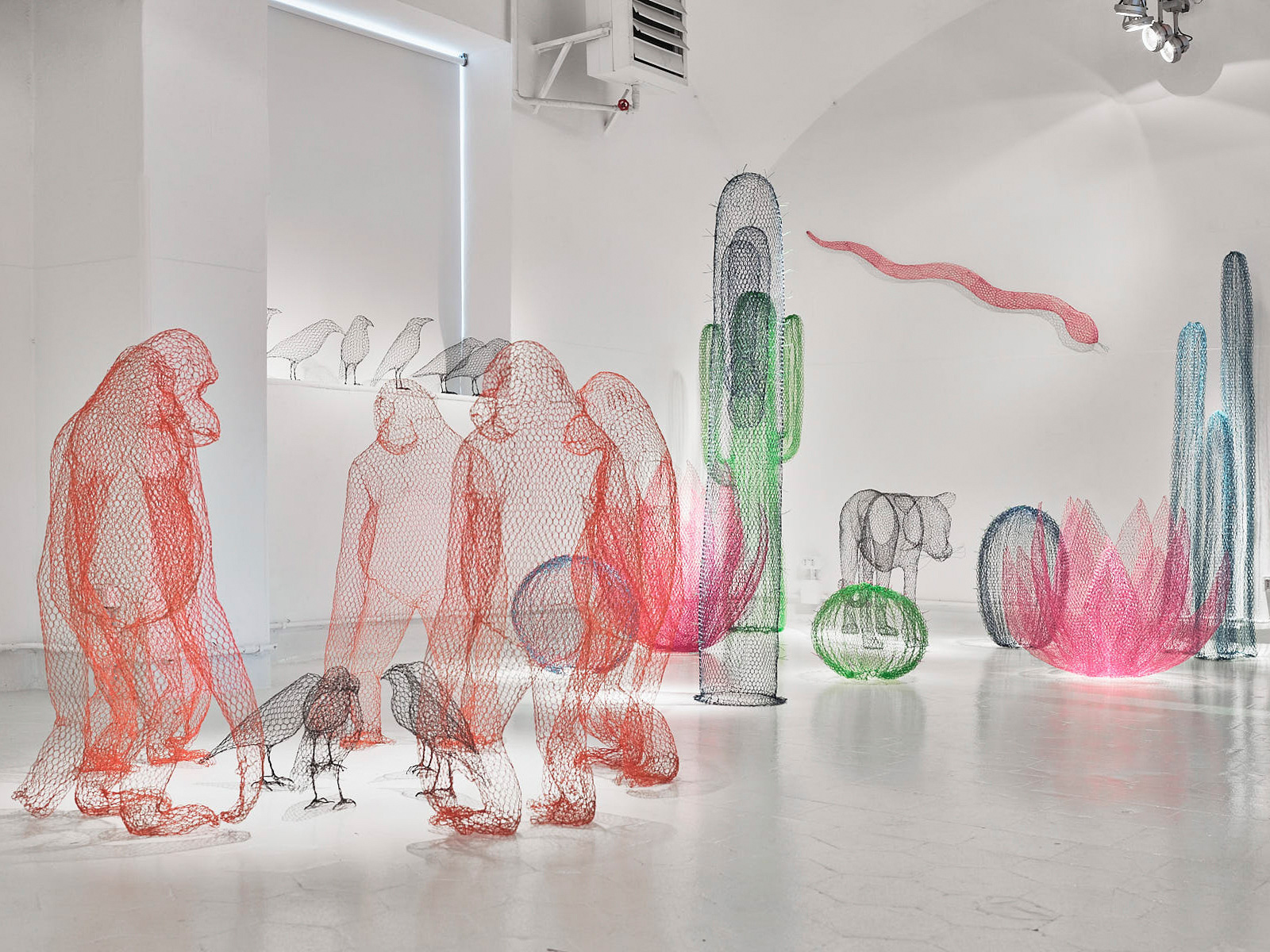
Wire sculptures by Benedetta Mori Ubaldini at the Galleria Rossana Orlandi. Photo: Marco Menghi
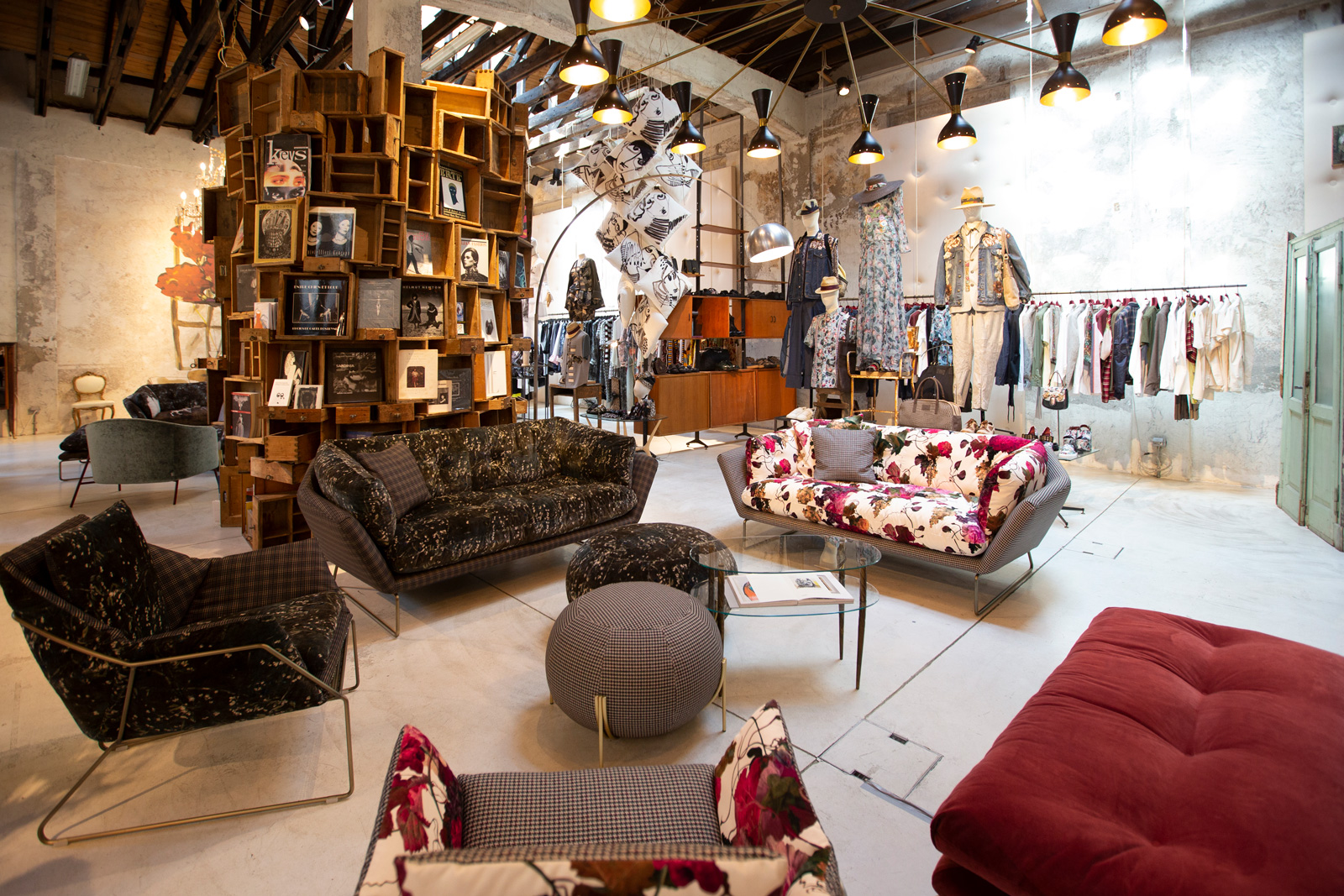
Living room atmosphere: Nonostante Marras.
Photo: Daniela-Zedda
More recent is the concept store of fashion designer Antonio Marras. Nonostante Marras is hidden in a former workshop in a courtyard overgrown with wisteria and, with its velvet sofas and crystal chandeliers, looks like a bohemian’s living room. Style-conscious Milanesi leaf through large-format coffee-table books here, browse the select range of fashion, jewelry and bags, and leave the store with a set of delicate ceramic mugs or a hand-embroidered notebook.
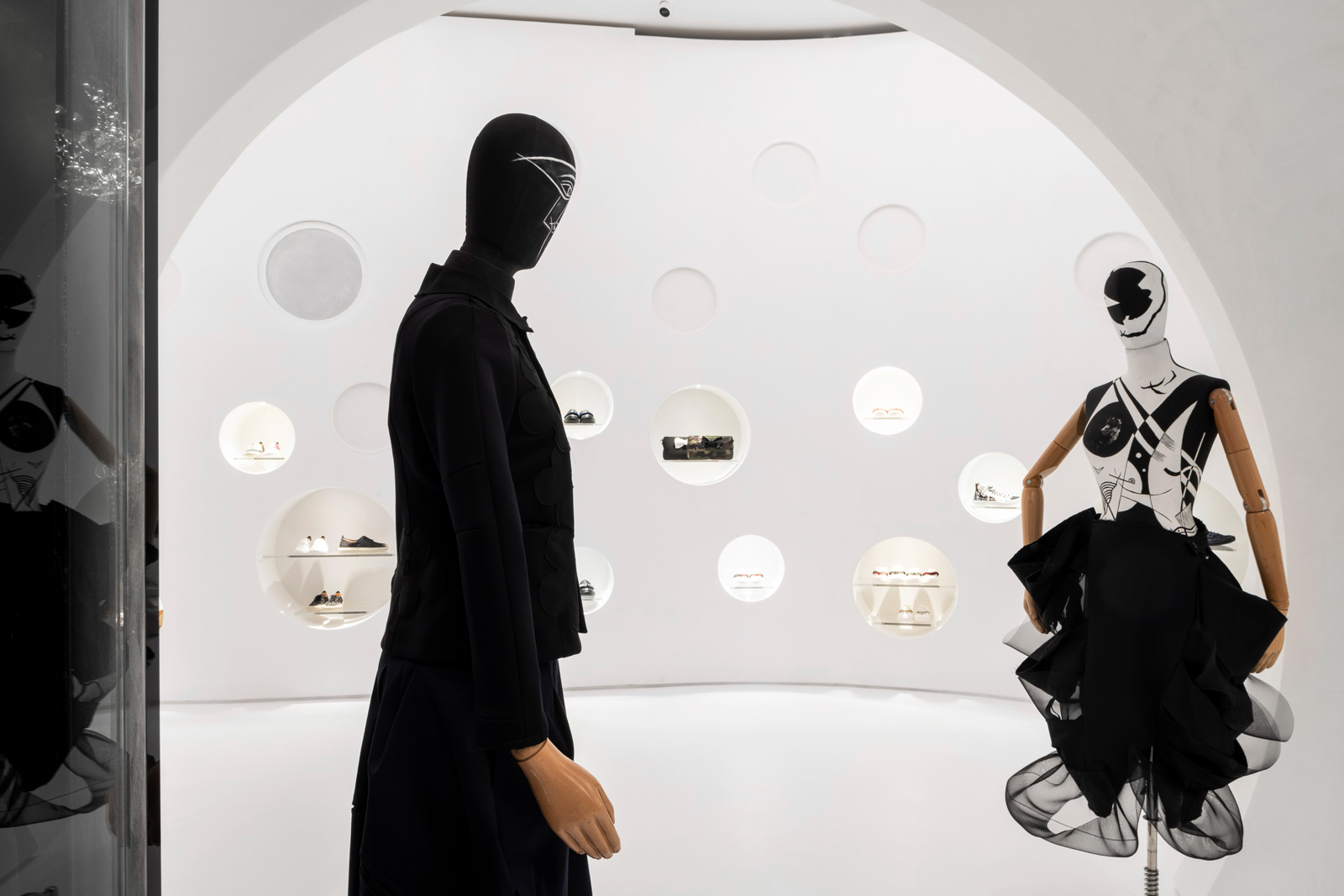
All white: L’Arabesque. Photo: Paolo Carlini

Japanese purism: Tenoha. Photo: Guido Montani
Chichi Meroni’s sprawling concept store L’Arabesque has recently been transformed into a stylish white space. Vintage jewelry, select accessories, cool midcentury furnishings, and the elegant fashions from the store’s own collection are sold on two floors. Add to that a fine selection of books and a restaurant serving good Milanese cuisine. Sushi and soba noodles, on the other hand, are available at Tenoha, the minimalist Japanese concept store in the cool Porta Genova district. In a light-filled industrial building from the 1930s, you’ll find Japanese ceramics, fashion, accessories, cosmetics and books, as well as food and a restaurant where you can get a matcha tea breakfast, a bento box or a Japanese cocktail.
10 Corso Como, 10Corso Como,
tel. +39 02 29 01 35 81, 10corsocomo.com
Galleria Rossana Orlandi, Via Matteo Bandello 14,
tel. +39 02 46 74 471, rossanaorlandi.com
Nonostante Marras, Via Cola di Rienzo 8,
tel. +39 02 89 07 50 02, nonostantemarras.it
L’Arabesque, Largo Augusto 10/Largo Treves,
tel . +39 02 76 01 48 25, larabesque.net
Tenoha, Via Vigevano 18,
tel. +39 02 80 88 91 47, tenoha.it
Quarters Isola
The district of Isola has become not only the most innovative economic and business center in Lombardy, but also a hub for creative minds and connoisseurs.
Nine o’clock in the evening, Piazza Gae Aulenti. Outside RED, guests have placed wine glasses and unfolded notebooks on the patio tables. One hears almost only Italian. Visitors from out of town rarely stray here, because this is not a charming old-town eatery. RED is located in the Isola district, specifically on the first floor of the Unicredit Tower, which stands among other high-rises at the epicenter of the “new” Milan. In fact, ten years ago, the square did not exist. Where skyscrapers now tower into the sky, prostitutes and drug dealers went about their business; no decent Milanese dared to come here in the evening. Tempi passati. Behind Piazza Gae Aulenti stand the spectacular Bosco Verticale apartment buildings, their balconies planted with some 800 trees and 20,000 shrubs. The fact that people who can afford a cost of 15,000 euro per square meter now live here has led to an upgrading of the entire neighborhood.
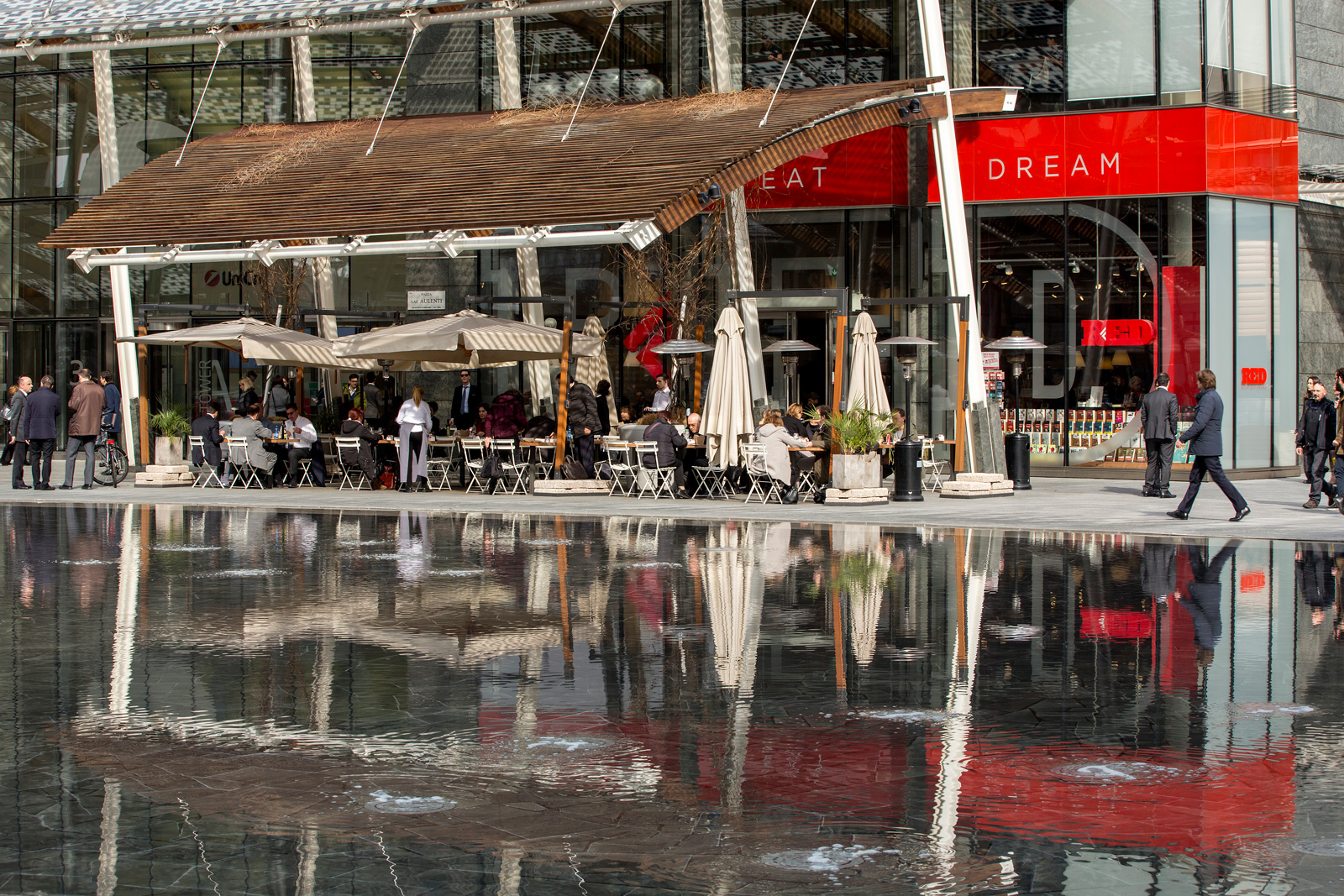
Piazza Gae Aulenti and the terrace of RED.
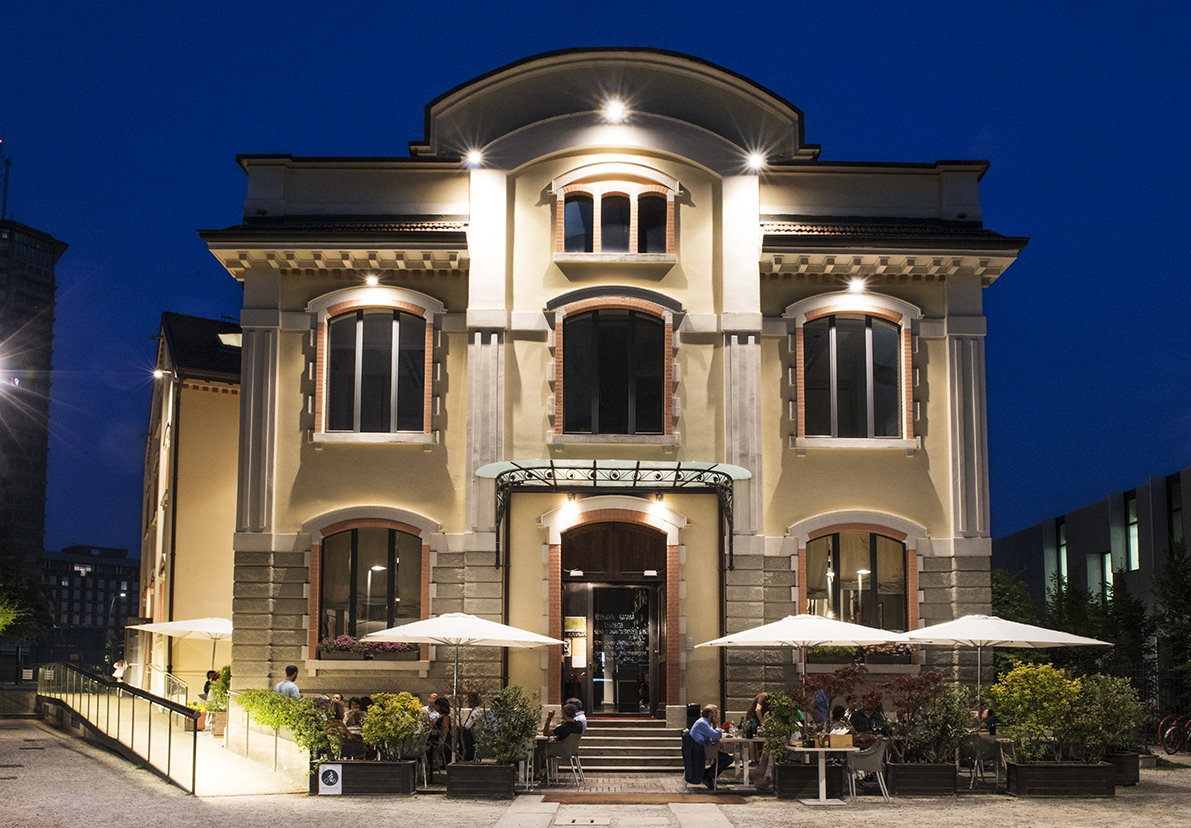
The Ratanà restaurant resides in a former tram depot.
Photo: Brambilla Serrani
Almost within shouting distance of the green houses, Ratanà resides in a 19th century streetcar depot. The restaurant is one of the favorite addresses of local gourmets, and Chef Cesare Battisti has made it into the Michelin Guide with his ambitious regional cuisine. Another Isola institution is the casual Bar Frida, which opened in 2001 in a series of former warehouses and workshops. Back then, only brave hipsters came, but today “tutta Milano” meets here.

Cool meeting place: Bar Frida. Photo: Alessandro Castiglioni
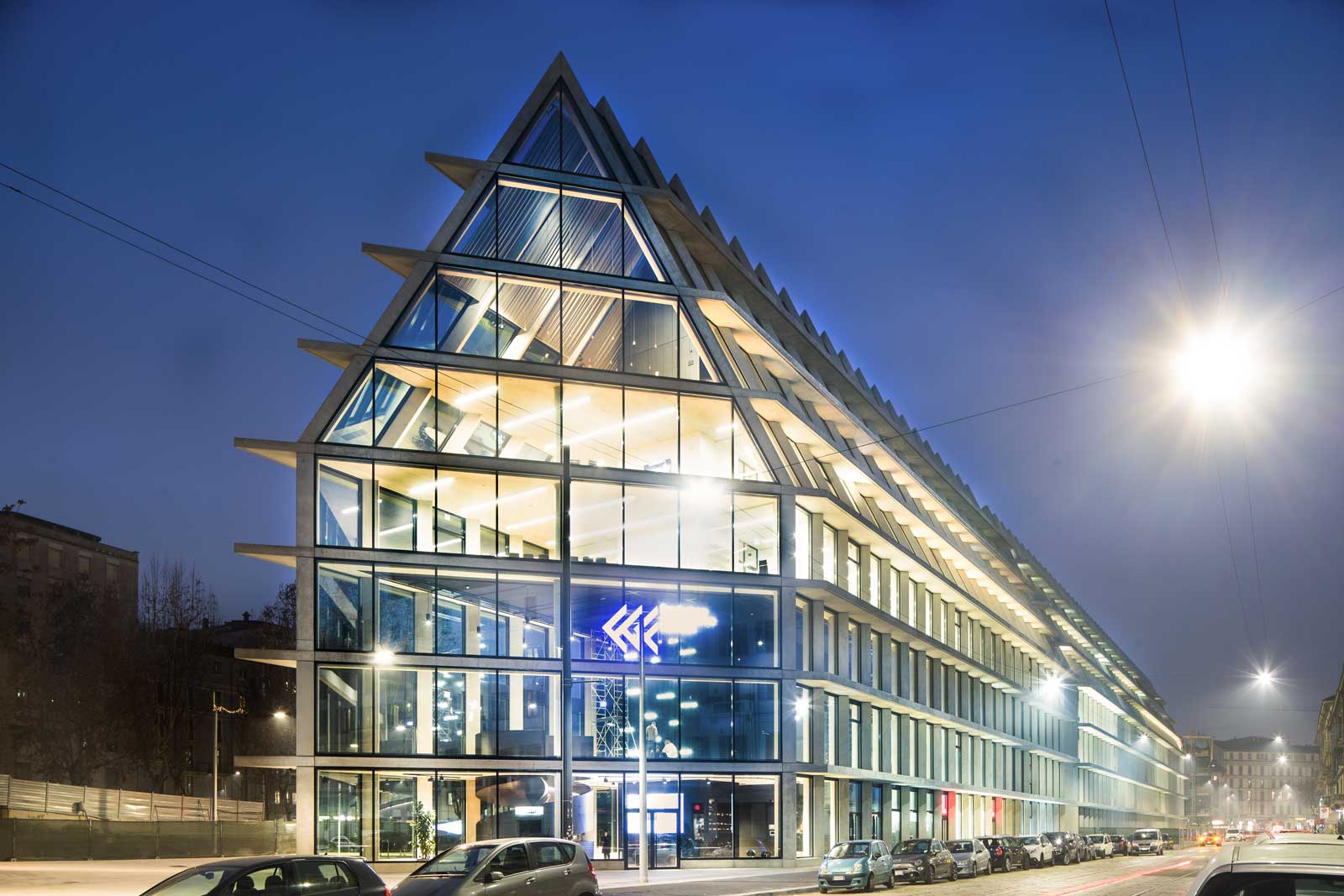
Fondazione Feltrinelli, a building by Herzog & de Meuron. Photo: Filippo Romano

In stark black and white: Lia Rumma’s art gallery.
Architecture fans make a pilgrimage to the strictly geometric building by Swiss star architects Herzog & de Meuron: the Fondazione Feltrinelli houses a cultural center with a library, bookstore and café. The highlight of the twin buildings is the light-flooded reading room. Equally spectacular is gallery owner Lia Rumma’s expansive and gleaming white exhibition palace, which features works by artists such as Marina Abramovic, Anselm Kiefer and Joseph Kosuth.
RED, Piazza Gae Aulenti 1,
tel. +39 02 65 56 02 59, lafeltrinelli.it
Ratanà, Via G. de Castillia 28,
tel. +39 02 87 12 88 55, ratana.it
Bar Frida, Via Pollaiuolo 3,
tel. +39 02 68 02 60, fridaisola.it
Fondazione Giangiacomo Feltrinelli, Viale Pasubio 5,
tel. +39 02 49 58 341, fondazionefeltrinelli.it
Galleria Lia Rumma, Via Stilicone 19.
tel. +39 02 29 00 01 01, liarumma.it
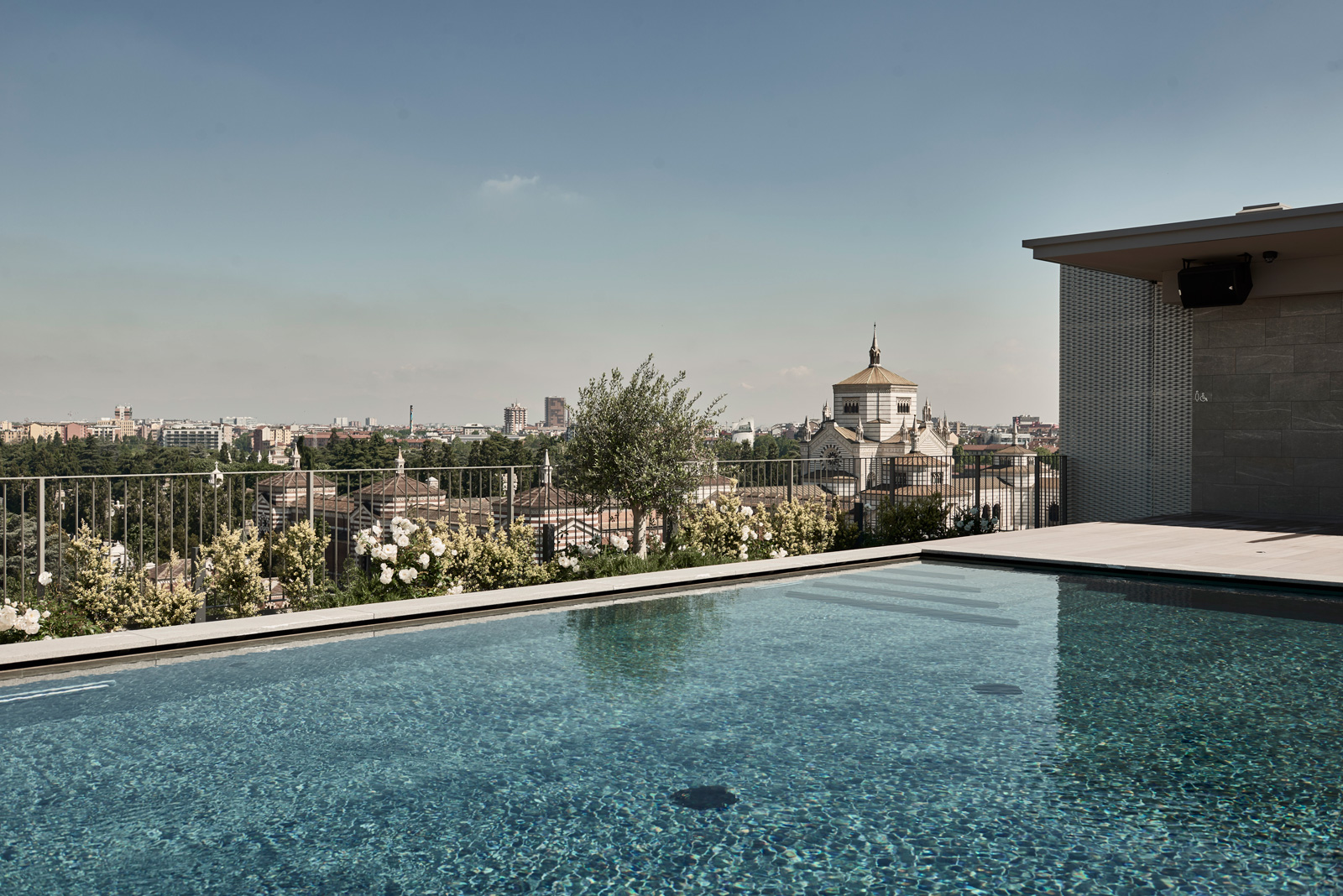
HOTEL TIP: The 5-star Hotel Viu combines everything the Isola district stands for: zeitgeist, sustainability, urbanity. 124 simple and beautiful rooms, gourmet restaurant, roof terrace with pool and Cinemascope view.
Via Aristotile Fioravanti. 6, tel. +39 02 80 01 09 10, hotelviumilan.com, double rooms from 220 euros.
Photo: Claus Brechenmacher & Reiner Baumann
Nuovi alberghi
The already richly endowed hotel industry is upgrading – also in view of the Winter Olympics to be held in Milan and Cortina d’Ampezzo in 2026.
Pandemic or not: life goes on – in the hotel industry, too. With delays, however. Opening dates for a cool 116-room Edition Hotel, for a W with a view of the cathedral, for the 15-room boutique hotel Cipriani Milano, and for the long-awaited Portrait Suites Milano, the first Milan property of the Lungarno Collection, part of the Ferragamo fashion empire, all originally planned for summer 2021, have been postponed for the time being.
Others have gone through with their project – such as Italy’s UNA Group. Its spectacular Milano Verticale hotel, completed in May, stands in the Porta Nuova district, within shouting distance of Corso Como, Piazza Gae Aulenti and the bars of Corso Garibaldi. The group’s new flagship property presents a typically Milanese blend of urban elegance, contemporary design and impeccable service, embracing the trend of making a hotel more than an address for the night. Rather, the rooms should also be available to all those who want to work, eat or visit a spa. Therefore, beyond the 173 rooms, the four penthouses with panoramic views, the large roof terrace and a lushly landscaped courtyard garden, the 4-star hotel offers an interesting gastronomic concept. Under the direction of multi-star chef Enrico Bartolini, a garden bar, a modern osteria and a gourmet restaurant have been created.
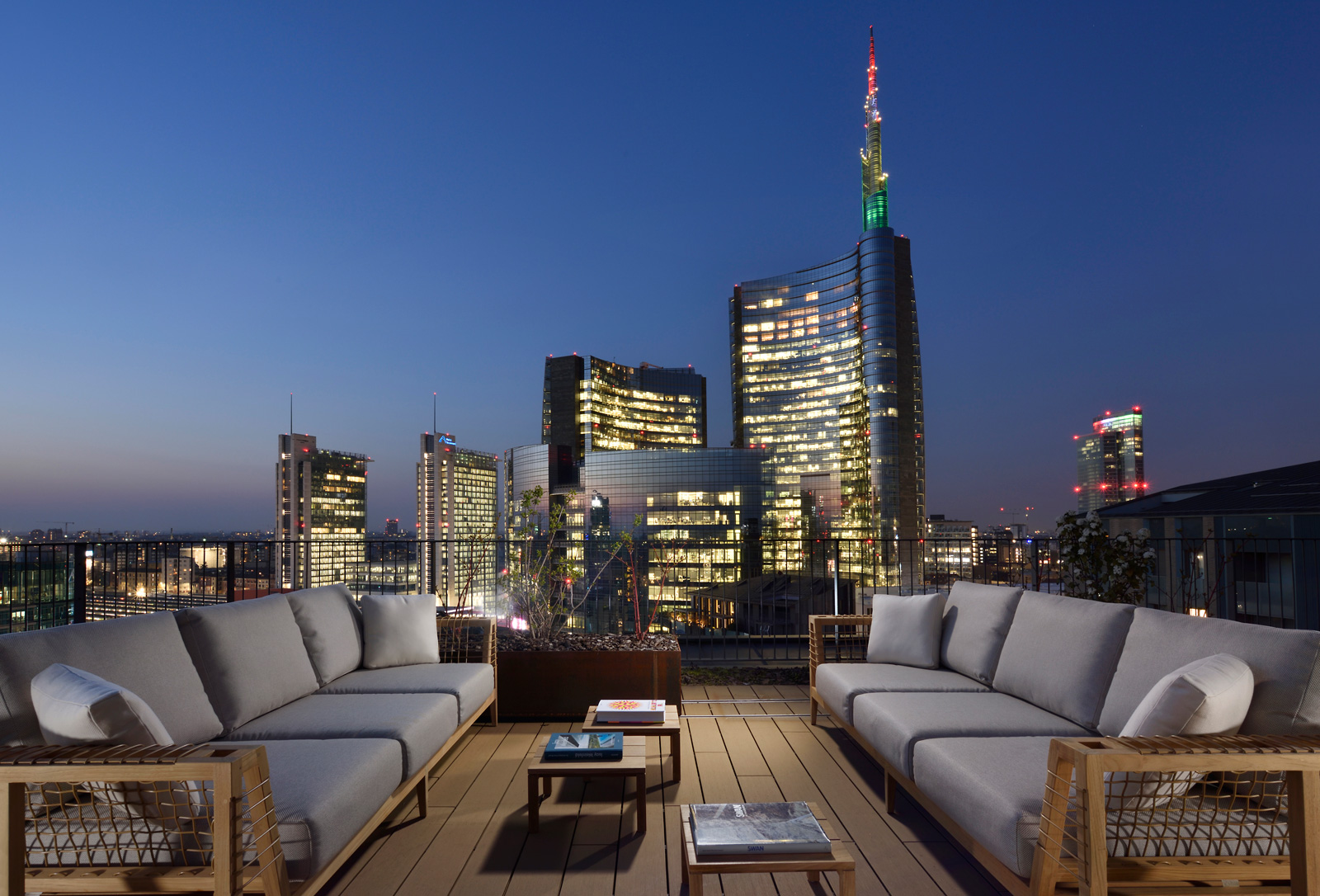
Roof terrace with view at Hotel Milano Verticale.
Photo: Andrea Getuli
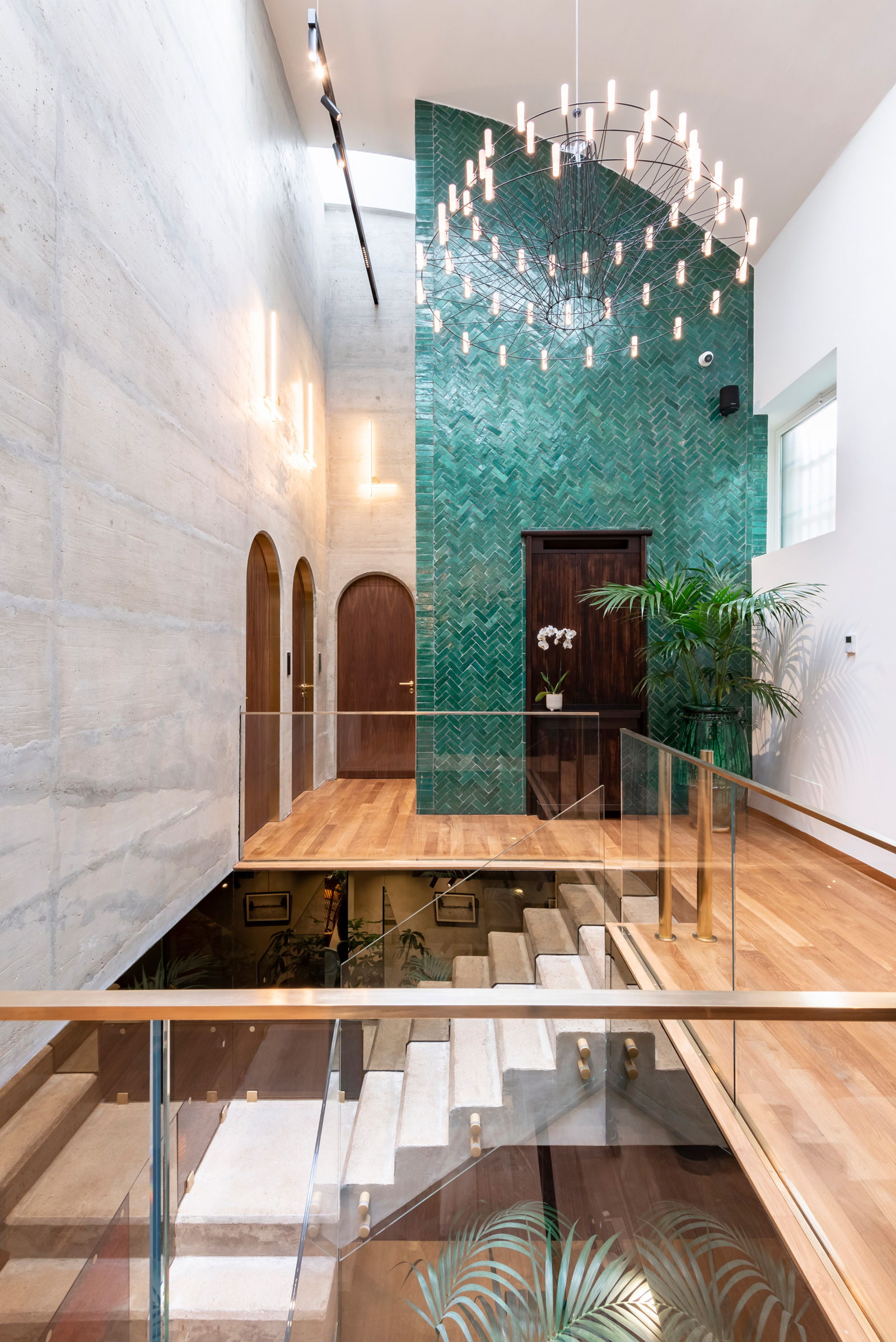
The Hotel Vico Milano is small but spacious.
Photo: Matteo Serpi
Across town, a very different hotel opens in September: the intimate 7-room Vico Milano guesthouse, housed in a former bicycle factory. It belongs to the Baccheschi Berti family, which has already made a name for itself as talented, unconventional hoteliers with its Castello di Vicarello in Tuscany. In Milan, unusual antiques, rare textiles and interesting artwork add a private touch. Despite the limited dimensions, there’s a curated library, a comfortable living room, and a speakeasy bar serving well-mixed cocktails and tasty snacks.

The new reception at the Four Seasons Hotel Milano.
Not new, but as good as the luxurious Four Seasons Hotel Milano presents itself. It opened in 1993 in a former convent that stands in the middle of the fashion district and scores with antique frescoes, parquet floors and over-the-top service. Earlier this year, it closed its discreet entrance for an all-around renovation led by architect and designer Patricia Urquiola. The Milan-based Spaniard first tackled the common areas, giving them a lighter, brighter and more contemporary look. With the completion of the lobby, restaurant and bar, the property reopened in July 2021. Renovation of all rooms and suites is planned for 2022 while the hotel stays open.
Milano Verticale, Via Carlo de Cristoforis 6,
tel. +39 02 30 05 50 02, unaesperienze.it,
double room from 243 euro
Vico Milano, Corso Genova 11,
tel. +39 02 49 41 84 17, vicomilano.com,
double room from 280 euro
Four Seasons Hotel Milano, Via Gesù 6/8,
tel. +39 02 77 088, fourseasons.com,
double room from 720 euro
A tavola
Even Florentines, Romans and Neapolitans admit it: Milan is the new culinary capital of Italy.
Until a few years ago, people immediately thought of Milan in terms of fashion. Or design. Now people also think of the many great new eateries that have opened in the metropolis of 1.4 million. For some, they’re even the biggest attraction. “Milan and Lombardy have grown a lot in culinary terms in recent years, becoming a point of reference for the Italian gastronomic scene and beyond,” says Antonio Guida, executive chef at the Mandarin Oriental Milan hotel. “An important impetus came from the Expo in 2015, which brought well-known chefs and young talents to the city, offering them fertile ground for their culinary ideas and experiments.” He himself is one of them – an Apulian who came to Milan after stints at Pierre Gagnaire in Paris, Enoteca Pinchiorri in Florence and Hotel Pellicano in Porto Ercole, among others, and achieved two Michelin stars while cooking for the elegant Seta hotel restaurant.

Caramelised puff pastry with hazelnut, pumpkin sauce, star anise and pomegranate sorbet at Seta restaurant.
The Milanese public is considered performance-oriented and is also receptive to everything new. Entrepreneurs, designers, gallery owners and many well-heeled people who like to eat well, like to try something new, and are willing to spend money on it, live here. This has allowed the city’s gastronomy to flourish: young, creative chefs have developed offerings in a variety of formats and opened restaurants where the cooking is mostly Italian, but not always traditional. A look at the Michelin Guide 2021 confirms Lombardy as Italy’s culinary stronghold: The region scores with 59 starred restaurants, 17 of which can be found in the pulsating heart of Milan or in its immediate vicinity. Plus: plenty of excellent trattorias, osterias and pizzerias that are also worth a visit.
Fine dining
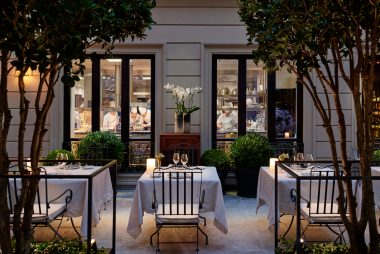
Seta
The two-Michelin-starred restaurant in the Mandarin Oriental Hotel is one of the city’s most sought-after addresses. Chef Antonio Guida combines traditional techniques with innovative gastronomy, presenting Italian dishes with an original and modern approach. mandarinoriental.com/milan
Photo: George Apostolidis
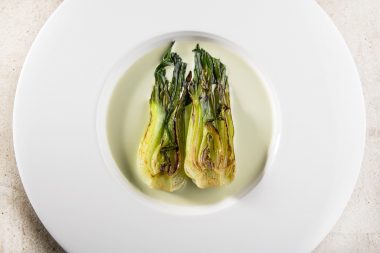
Spazio Niko Romito
With his three-star restaurant and its offshoots, Niko Romito is one of the stars of Italian gastronomy. Spazio resides above the famous Galleria and offers a view of Milan Cathedral, ambitious Italian cuisine and a minimalist, relaxed ambience. spazionikoromito.com
Photo: Brambilla Serrani
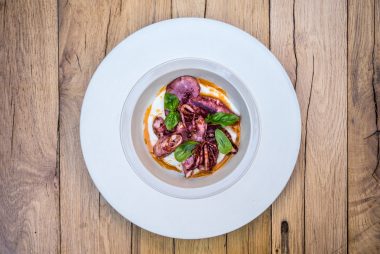
Exit
The young owners have expanded the space and culinary offerings of the former kiosk – now egg on potato parmesan cream or pigeon with eggplant babaganoush are on the menu. exit-milano.com
Photo: Gaia Menchicchi
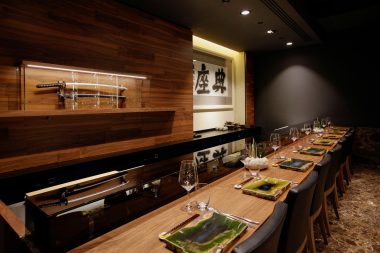
Wicky’s
Wicky Priyan combines Japanese and Mediterranean elements: fish carpaccio in a marinade of citrus, lemongrass, fennel seeds and sesame oil; Angus nigiri with rosemary truffle sauce; sea bass in a champagne broth flavored with soy and lemon. Delicious! wicuisine.it
Photo: Cristian Castelnuovo

Trippa
Diego Rossi’s trattoria, with sunflower-yellow walls and simple wooden tables, is often booked out weeks in advance. The menu changes almost daily, but bestsellers like slow-cooked veal vitello tonnato and siphon tuna cream remain. trippamilano.it
Photo: Paolo Zuf
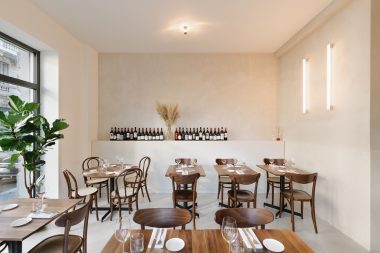
Nebbia Milano
Minimalist-beautiful restaurant with creative market cuisine. Regulars love the lasagna terrine, duck liver on homemade brioche, and tripe with kimchi and mint. nebbiamilano.com
Photo: Simone Fiorini
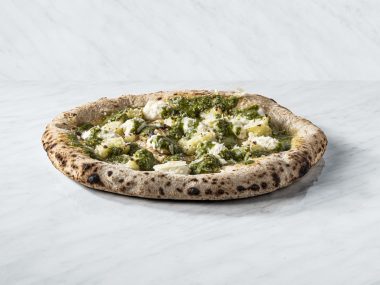
Crosta
Crosta is actually a bakery, the many different types of bread are produced from carefully selected grain and taste great. But sensational pizzas, delicious cakes, brioches, pains au chocolat, nachos and much more also come out of the oven. You can buy everything and take it home, but you can also stay – in the morning for breakfast, at lunchtime or even for an aperitivo in the evening. Either way, it’s worth it. crosta.eu

Bu:ur
Eugenio Boer’s eatery is tucked away in a residential neighborhood and scores with an elegant salon atmosphere for a maximum of 30 diners. The native Dutchman cooks exclusively with Italian products, but in a modern, highly creative and absolutely fantastic way. restaurantboer.com
Photo: Marco Varoli
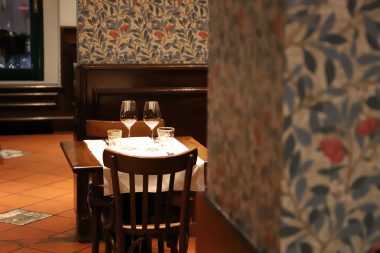
Rovello 18
Michele De Liguoro took over this traditional restaurant from his mother, retaining both its elegant interior style and classic cuisine. Sit at white-covered tables and enjoy a golden risotto tartlet or tagliatelle with beef salsiccia ragù accompanied by a deep red Nebbiolo from Lombardy. rovello18.it
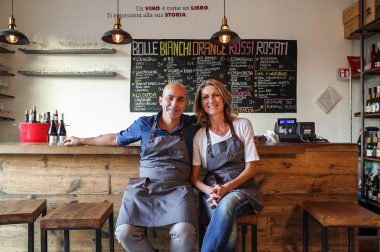
Vinoir
Gianluca Ladu and his wife were web designers before opening Milan’s first natural wine store. Most of the customers are guests: they come to eat a carpaccio of yellowtail mackerel or canelloni with chard and anchovies at the few tables. vinoir.com


